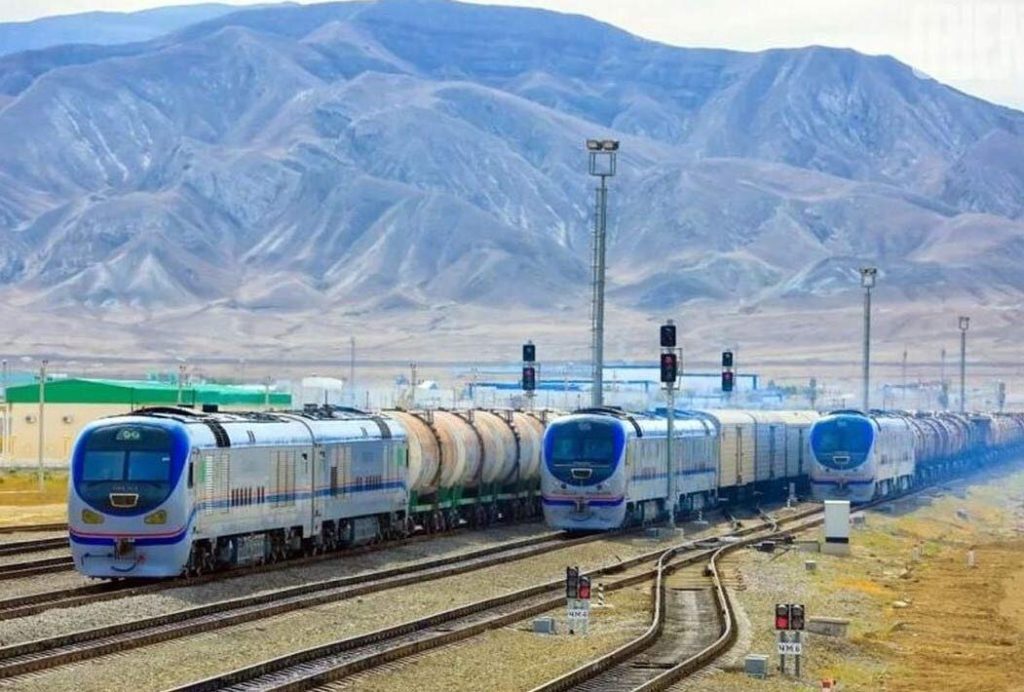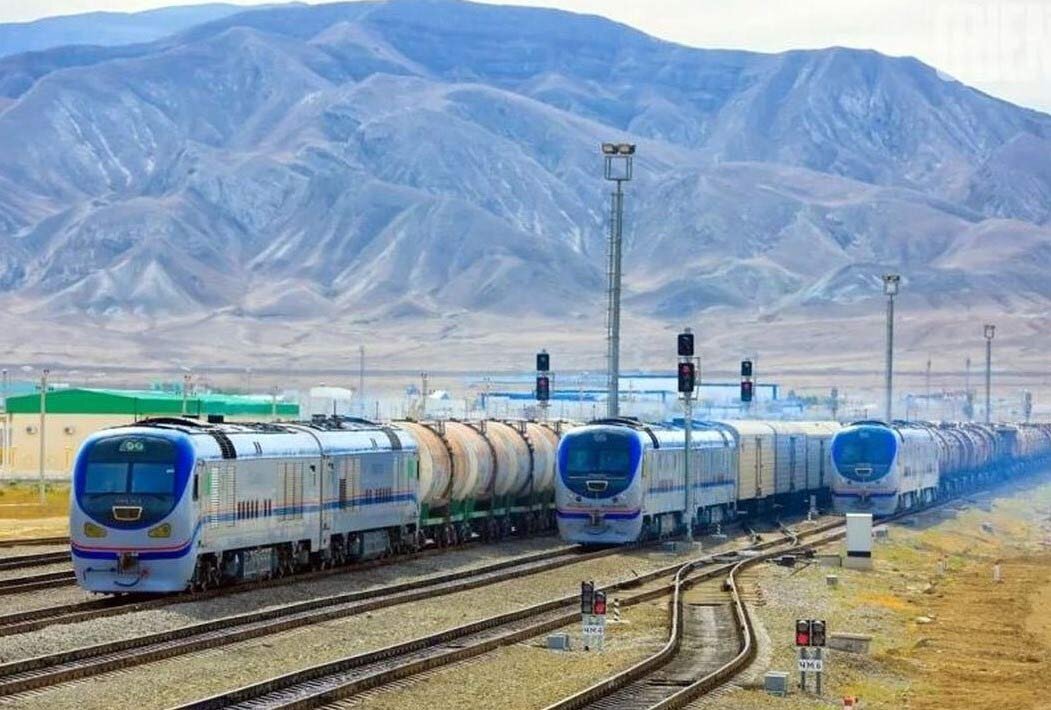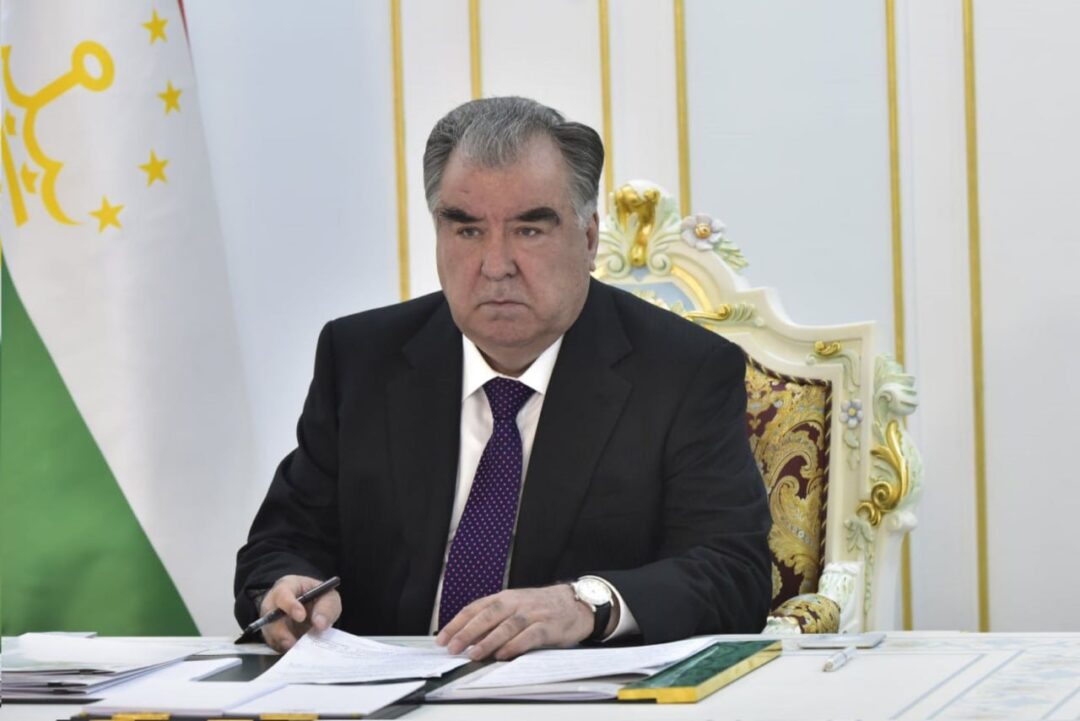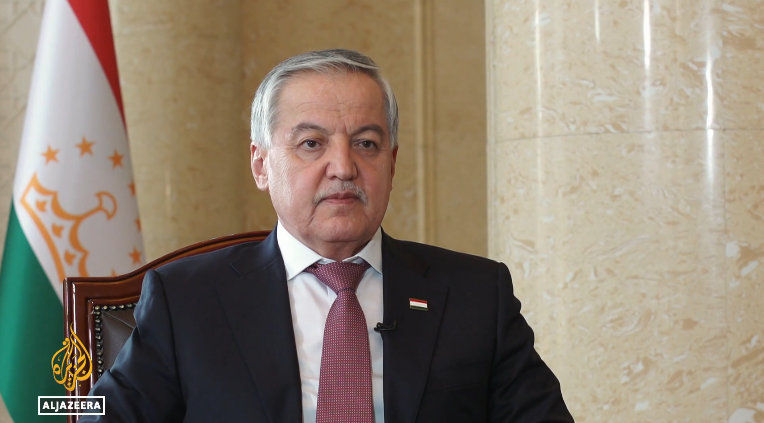Tajik political scientist Abdughani Mamadazimov has noted in his interview with Asia-Plus that Tajikistan-China bilateral relations are steadily improving, highlighting the need for new flagship projects like the Kashgar-Dushanbe-Samarkand railway. He believes that this project will boost the economies of Tajikistan, Uzbekistan, and China’s Xinjiang Uyghur Autonomous Region (XUAR), forming a crucial part of a transcontinental trade route from Xi’an to Istanbul. According to him, the railway would address current geopolitical challenges and create a resilient land trade corridor. Establishing an international consortium is essential for its technical and financial feasibility.

Why do we need this project?
“In the new geostrategic realities, I urge the political leadership of our republic to pay close attention to the implementation of this vital strategy with some modifications (the Samarkand-Dushanbe-Kashgar railway) to ensure the sustainable development of the national economy,” Mamadazimov said, noting that the construction of the railway route Kashgar – Karakol – Seldara – Muksou – Lakhsh – Rasht – Roghun – Vahdat – Dushanbe – Karatag – Ayni – Panjakent – Samarkand will not only give a powerful impetus to the advanced development of XUAR of China, Tajikistan, and Uzbekistan but also create a solid foundation for the backbone of the transcontinental land trade route according to the scheme: Xi’an (China) – Somoni (Dushanbe, RT) – Samarkand (Uzbekistan) – Serakhs (Turkmenistan-Iran) – Istanbul (Turkiye).
According to him, the geostrategic and geoeconomic realities themselves call for the immediate start of construction of this “Middle Corridor.” The shift to positional warfare on the Russian-Ukrainian front, the unwillingness of the warring leaders to compromise, the frantic search for new allies and sources of weapons disrupts the stable functioning of the “Northern Corridor” (from China to Europe and vice versa through Russia) on one side; on the other side, the intense conflict in Gaza and global discussions about the recognition or non-recognition of this war-torn country put an end to the full functioning of the “Southern Corridor,” initiated after the G20 summit in New Delhi, India.
Vision and strategic thinking are required from the two national leaders, Emomali Rahmon and Xi Jinping, who can initiate the construction of the first phase of this strategic land railway Kashgar – Lakhsh – Rasht – Dushanbe at their upcoming summit meeting.
The attractiveness of this project also lies in the immediate selection of the 1,435-mm track gauge (most railways in Europe as well as railways in Iran, Turkiye and China use the standard gauge of 1,435 mm), which will create a powerful transcontinental infrastructure and logistics belt. This will provide Eurasia’s leading continent with stability, allow for a return to sustainable peace, and help overcome wars, conflicts, and disasters.
“I am firmly convinced that all countries west of mountainous Tajikistan, primarily Uzbekistan, Turkmenistan, Iran, Turkey, and the Gulf countries, will be interested in joining this project,” said the expert. “The instability of maritime transport through the vulnerable Strait of Hormuz and Bab-el-Mandeb, especially the ferocity of the Houthis in the Red Sea, challenges the centuries-old dominance of maritime transport on the Eurasian continent and its close ties with other continents and regions.”
Need for an international consortium
The technical complexity of implementing the initial stage of the project lies in the fact that the new railway passes through a high mountain range with many rivers and streams. Under these conditions, small Tajikistan finds it difficult to mobilize its free financial resources.
However, creating an international consortium with the participation of Tajikistan, China, Turkiye, Iran, Uzbekistan, Gulf countries, and international financial institutions makes it easier to build a 400-500 km railway through the highlands. The US$4-5 billion spent on constructing the central connecting section to ensure uninterrupted land trade between China, East Asia, and Europe will prove to be a profitable financial investment.
The political scientist says this project is not only of bilateral or interregional significance but also has a peacekeeping aspect, as it not only involves post-conflict Afghanistan, which needs peaceful trade and economic contacts with its surroundings, but also ensures the peaceful and sustainable growth of countries along this extensive route.
“As in the days of the glorious Great Silk Road, when China and all of East Asia were closely connected with land trade routes, the spread of ideas, values, and technologies was continuous, the collapse of which brought shameful colonialism to the world,” said Mamadazimov. “In today’s world, a second rupture between the two poles of vast Eurasia (between Europe and China) cannot be allowed.”
“It is known that infrastructure and logistics development of the Pamirs, i.e., the construction of a railway through it, is one of the geostrategic guarantees of transitioning from devastating conflicts to mutually beneficial trade in vast Eurasia, which still suffers from religious strife and inter-civilizational prejudices,” the expert added.



